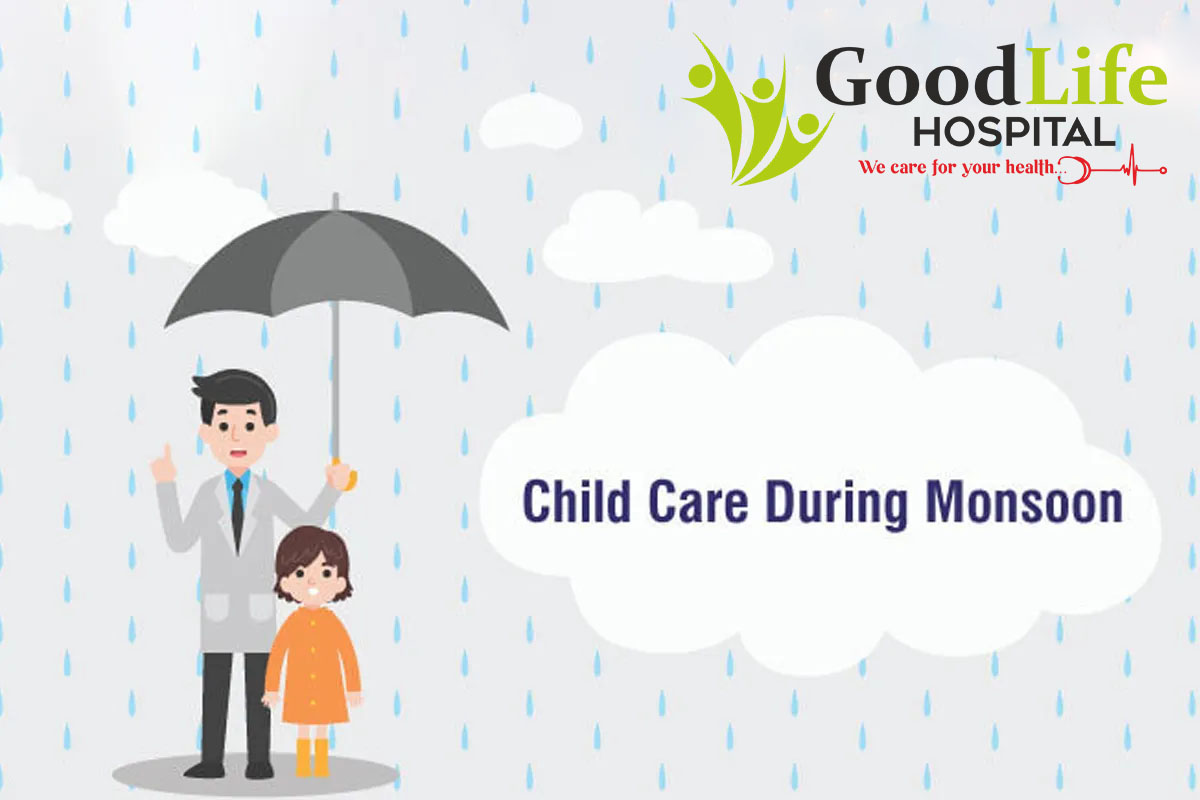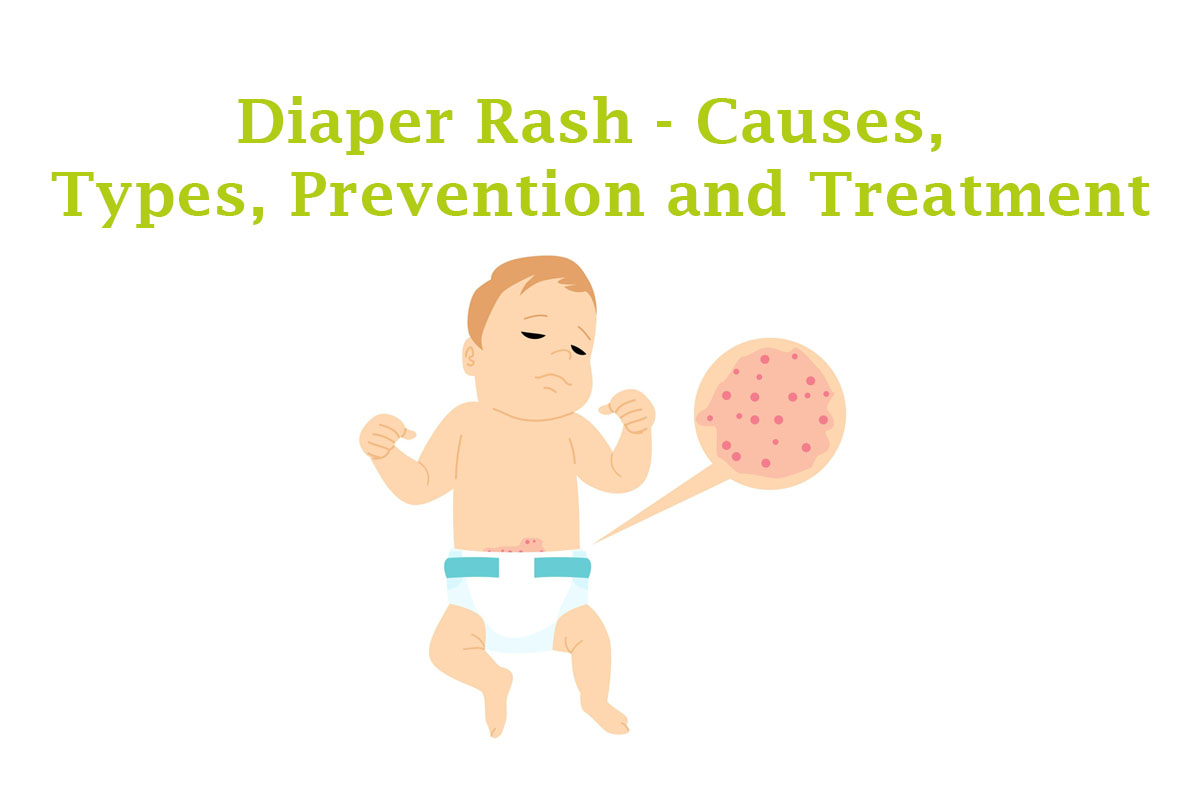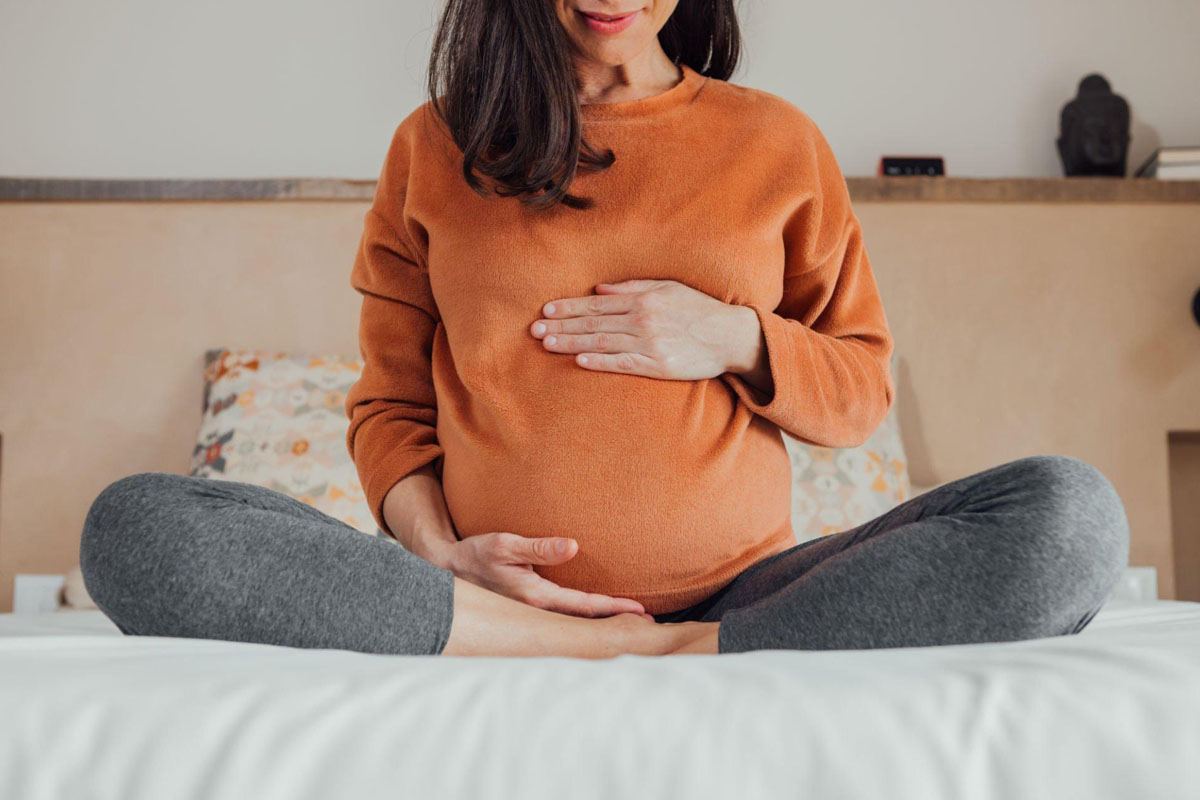Nature comes to life during the monsoon season, and as much as we love the rainy season, it comes with its challenges, especially when you have a kid at home to protect. Here are some tips that help take care of children during the monsoons.
Clothing
The climate tends to change drastically during the monsoon season. Daytime may be hot and humid, while it can be pleasant or chilly at night. Soft and light clothing is preferable during the daytime and an extra layer of clothing with full sleeves will keep kids warm during the nights.
Keep Warm And Dry
Wetness and dampness increase the chances of infections. Hence, it is pertinent that we encourage children to carry raincoats and umbrellas when stepping out. Even if the child gets wet, we must ask them to change into clean and dry clothes immediately after reaching home.
Diaper Care
Frequent urination is a common occurrence in the monsoon. If you have young children diapers have to be changed frequently to avoid wetness and fungal infections.
Protect from Mosquitoes
Mosquitoes breed in the rainy season which makes the kids prone to dangerous infections like dengue and malaria from mosquito bites. Kids are easy targets for mosquitoes, so cover the child with loose, full sleeves clothing that leaves minimal skin exposed. You may even use mosquito nets to avoid mosquito bites for young children. Child safe mosquito repellent creams can be used on older kids.
Prevent Diarrhea
Rains and floods cause contamination of drinking water. Diarrheal infections surge due to intake of unclean water. Always use filtered RO water (reverse osmosis) or boiled and cooled clean water for drinking. Frequent hand washing is the key to stay away from diarrhoea. Avoid outside food and give fresh home-cooked meals.
Cleanliness
Pooled water, floods, mud and dirty floors can be challenging to clean during rains. Washing hands and feet whenever the child comes home has to be a dictum. The floor has to be cleaned at least twice during the rainy season. Add some floor cleaners with antiseptic liquid to water while cleaning the floor. Ensure that the kid wears clean clothes, socks and footwear. Wash the child’s socks daily. Wash and dry the kids’ toys at least once a week.
Balanced Diet
Ensure that children have a healthy diet, and also try to avoid street food. Include ample greens and seasonal fruits like banana, papaya and pomegranate. Include beetroot in your child’s diet, since beetroot is packed with antioxidants, and it increases immunity. Avoid pre-cut fruits and salads. Dry fruits and nuts are among the best foods to boost immunity during monsoon.
Flu Protection
Do not miss your kid’s regular vaccination shots. The best thing you can do to protect your child from the flu is to get them vaccinated for Influenza. It is important to keep the child away from a sick parent or any relative.
You are your child’s umbrella, let them enjoy the monsoon while taking all necessary precautions and ensuring covid appropriate behaviour.



